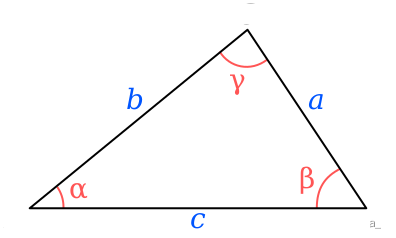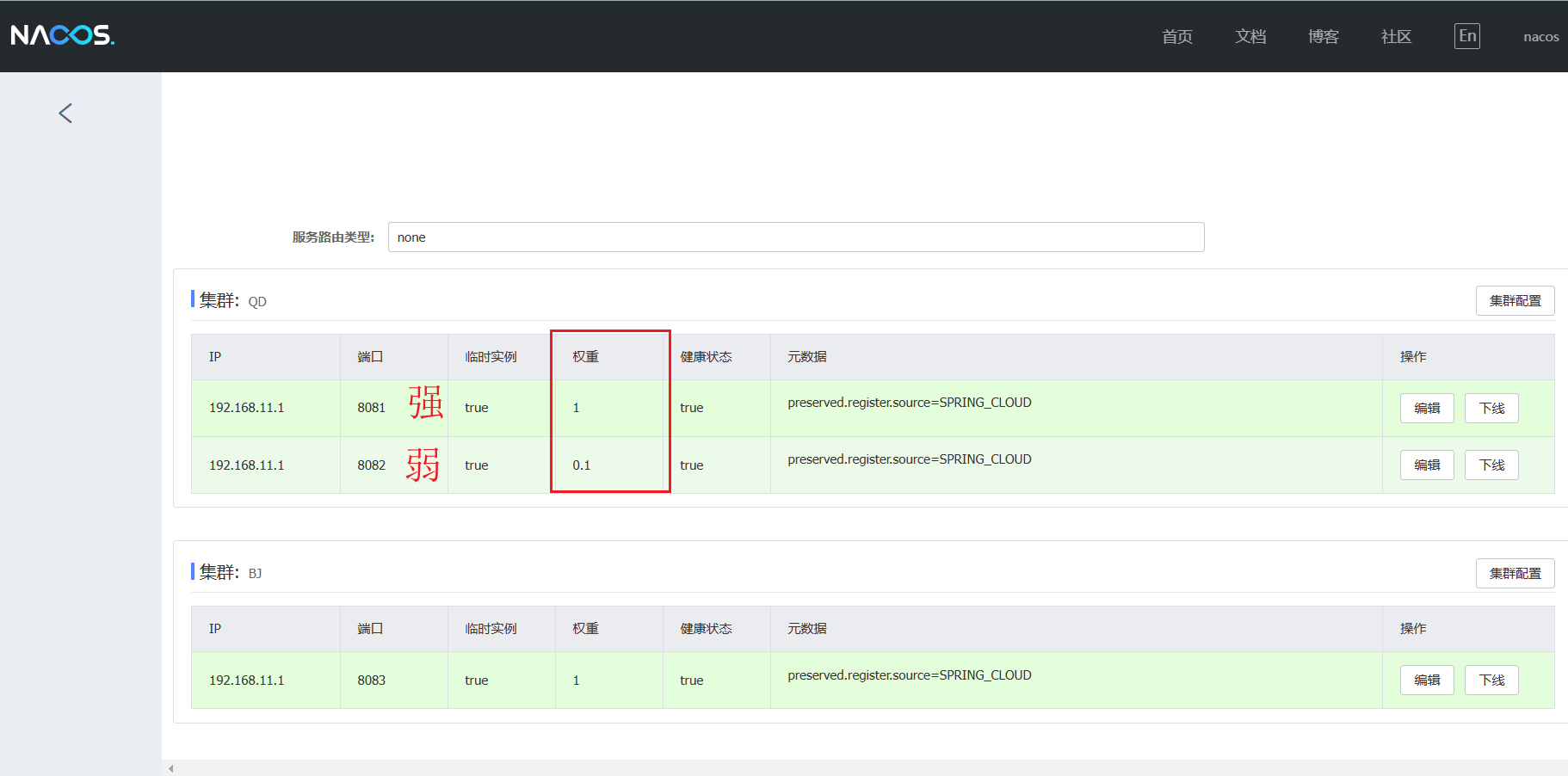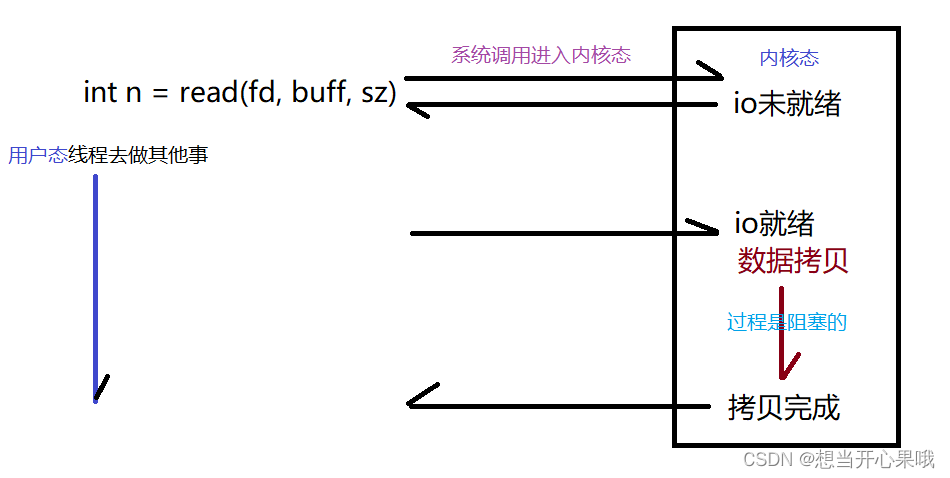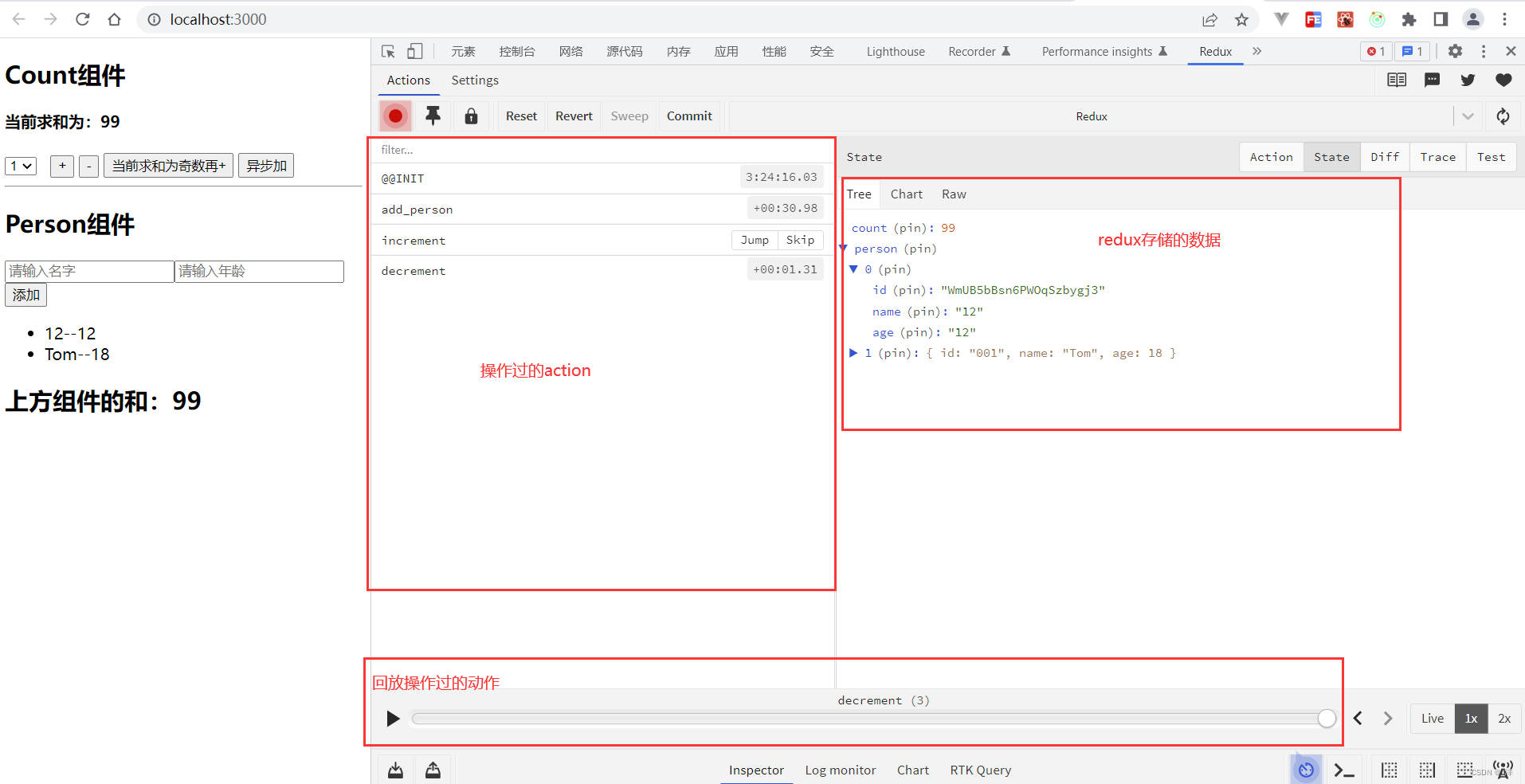In geometry, Heron’s formula (or Hero’s formula) gives the area A of a triangle in terms of the three side lengths a, b, c. If {\textstyle s={\tfrac {1}{2}}(a+b+c)}{\textstyle s={\tfrac {1}{2}}(a+b+c)} is the semiperimeter of the triangle, the area is,[1]
{\displaystyle A={\sqrt {s(s-a)(s-b)(s-c)}}.}A={\sqrt {s(s-a)(s-b)(s-c)}}.
It is named after first-century engineer Heron of Alexandria (or Hero) who proved it in his work Metrica, though it was probably known centuries earlier.

A triangle with sides a, b, and c
Contents
- 1 Example
- 2 Alternate expressions
- 3 History
- 4 Proofs
- 4.1 Trigonometric proof using the law of cosines
- 4.2 Algebraic proof using the Pythagorean theorem
- 4.3 Trigonometric proof using the law of cotangents
- 5 Numerical stability
- 6 Similar triangle-area formulae
- 7 Generalizations
- 7.1 Heron-type formula for the volume of a tetrahedron
- 7.2 Heron formulae in non-Euclidean geometries
- 8 See also
1 Example
Let △ABC be the triangle with sides a = 4, b = 13 and c = 15. This triangle’s semiperimeter is
{\displaystyle s={\frac {a+b+c}{2}}={\frac {4+13+15}{2}}=16}{\displaystyle s={\frac {a+b+c}{2}}={\frac {4+13+15}{2}}=16}
and so the area is
{\displaystyle {\begin{aligned}A&={\sqrt {s\left(s-a\right)\left(s-b\right)\left(s-c\right)}}={\sqrt {16\cdot (16-4)\cdot (16-13)\cdot (16-15)}}\&={\sqrt {16\cdot 12\cdot 3\cdot 1}}={\sqrt {576}}=24.\end{aligned}}}
\begin{align}
A &= \sqrt{s\left(s-a\right)\left(s-b\right)\left(s-c\right)} = \sqrt{16 \cdot (16-4) \cdot (16-13) \cdot (16-15)}\
&= \sqrt{16 \cdot 12 \cdot 3 \cdot 1} = \sqrt{576} = 24.
\end{align}
In this example, the side lengths and area are integers, making it a Heronian triangle. However, Heron’s formula works equally well in cases where one or more of the side lengths are not integers.
2 Alternate expressions
Heron’s formula can also be written in terms of just the side lengths instead of using the semiperimeter, in several ways,
{\displaystyle {\begin{aligned}A&={\tfrac {1}{4}}{\sqrt {(a+b+c)(-a+b+c)(a-b+c)(a+b-c)}}\[6mu]&={\tfrac {1}{4}}{\sqrt {2(a{2}b{2}+a{2}c{2}+b{2}c{2})-(a{4}+b{4}+c^{4})}}\[6mu]&={\tfrac {1}{4}}{\sqrt {(a{2}+b{2}+c{2}){2}-2(a{4}+b{4}+c^{4})}}\[6mu]&={\tfrac {1}{4}}{\sqrt {4(a{2}b{2}+a{2}c{2}+b{2}c{2})-(a{2}+b{2}+c{2}){2}}}\[6mu]&={\tfrac {1}{4}}{\sqrt {4a{2}b{2}-(a{2}+b{2}-c{2}){2}}}.\end{aligned}}}{\displaystyle {\begin{aligned}A&={\tfrac {1}{4}}{\sqrt {(a+b+c)(-a+b+c)(a-b+c)(a+b-c)}}\[6mu]&={\tfrac {1}{4}}{\sqrt {2(a{2}b{2}+a{2}c{2}+b{2}c{2})-(a{4}+b{4}+c^{4})}}\[6mu]&={\tfrac {1}{4}}{\sqrt {(a{2}+b{2}+c{2}){2}-2(a{4}+b{4}+c^{4})}}\[6mu]&={\tfrac {1}{4}}{\sqrt {4(a{2}b{2}+a{2}c{2}+b{2}c{2})-(a{2}+b{2}+c{2}){2}}}\[6mu]&={\tfrac {1}{4}}{\sqrt {4a{2}b{2}-(a{2}+b{2}-c{2}){2}}}.\end{aligned}}}
After expansion, the expression under the square root is a quadratic polynomial of the squared side lengths a2, b2, c2.
The same relation can be expressed using the Cayley–Menger determinant,
{\displaystyle -16A{2}={\begin{vmatrix}0&a{2}&b{2}&1\a{2}&0&c{2}&1\b{2}&c^{2}&0&1\1&1&1&0\end{vmatrix}}.}{\displaystyle -16A{2}={\begin{vmatrix}0&a{2}&b{2}&1\a{2}&0&c{2}&1\b{2}&c^{2}&0&1\1&1&1&0\end{vmatrix}}.}






![[附源码]Python计算机毕业设计Django网约车智能接单规划小程序](https://img-blog.csdnimg.cn/be2732ba41514c5ea1da6586f775e0b2.png)
![[附源码]Python计算机毕业设计华夏商场红酒管理系统Django(程序+LW)](https://img-blog.csdnimg.cn/706cd586d3824354b3644c319624066a.png)











